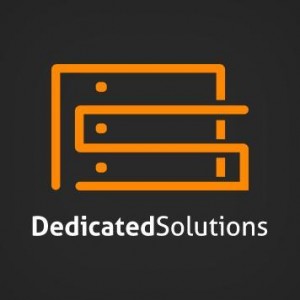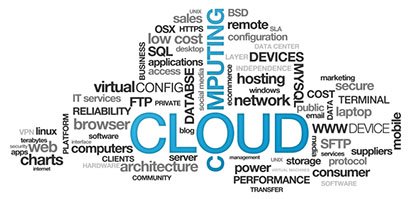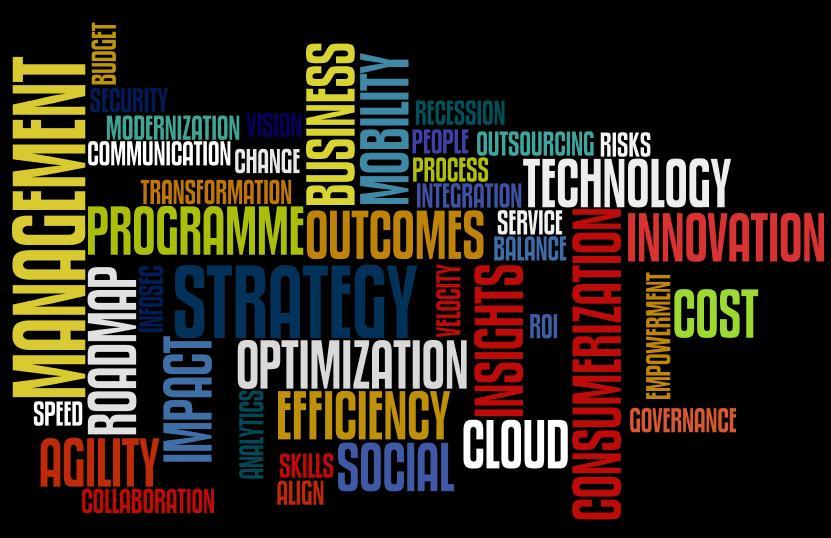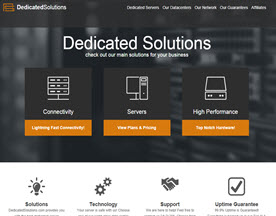 Someone who helps you build a cost-efficient online infrastructure that meets your requirements (so you do not pay too much!) And scale as necessary. Someone who answers your questions when you need and someone who always thinks in terms of making better of your cloud. In other words, someone who has the services, products, and expertise so you can succeed.
Someone who helps you build a cost-efficient online infrastructure that meets your requirements (so you do not pay too much!) And scale as necessary. Someone who answers your questions when you need and someone who always thinks in terms of making better of your cloud. In other words, someone who has the services, products, and expertise so you can succeed.
You are an expert in serving your customers, and your company is going through a healthy growth. You know what makes your application unique and what works for your customers. So focus on what you do best, and let DedicatedSolutions carry the care of other business. We can assist you with things like:
Designing for scalability
We work with you to a cloud environment designs to meet your unique requirements. Because we do this with you from the beginning together, the solution scales as your business grows and traffic increases.
Monitoring and alerting
We know for sure that your workloads always run like a charm with the monitoring tools. And if you want we can also react directly in your cloud environment issues and provide troubleshooting.
Administration and operation
Keeping track of multiple workloads that are in design, test or production phase requires a high level of technical expertise. Our technicians have the skills and the drive to your cost-effective cloud environment always run at 100%.
Cloud engineers are available 24/7/365
We are always available to help you, day and night. So you always have all the help you need. Support via chat, tickets, and phone to reach any hour of the day.
Advise on your architecture
We look at the workloads that you want to run, and on that basis we provide advice on planning, designing and deploying your cloud environment that is made based on your unique requirements.
Cloud Services Support
We help you understand what cloud services are best suited for your situation. Together we combine products such as load balancers, backup, databases and monitoring, and give you advice on the configuration and management of these services.
Security
We examine your workloads for potential vulnerabilities and provide recommendations on how to organize your safest possible configuration.
Support for scalability
We help you organize your cloud infrastructure when it comes to scalability. So you are prepared for future growth or sudden spikes.
Support SLA
We are proud to be the best, so we stand behind the products and services we offer. We, therefore, issue a strong Service Level Agreement (SLA).
Operating systems
we install, configure, patch, monitor and troubleshoot various versions of Linux (Debian, Ubuntu, CentOS and Red Hat Enterprise Linux), and Windows Server.
Database servers
We support replication and backups. We also do the installation of the following databases:
- MySQL – Available on Windows and Linux. Support includes configuration, patching, monitoring, and troubleshooting.
- Microsoft SQL Server – Available on Windows. Support includes configuration, patching, monitoring, and troubleshooting.
- MongoDB – Available on Linux. Support includes installation.
- PostgreSQL – Available on Linux. Support includes installation.
Cloud Databases
We configure, monitor and troubleshoot Cloud Databases. This includes provisioning and management of your instances and users. We also help you to backup and restore data.
Monitoring
We custom configure monitoring alerts for your cloud infrastructure, including the supervision in the field of content URLs, ports, and ping. We also check the CPU, memory, and hard drive. We also make recommendations if a warning should be given, and we look your Cloud Monitoring API requests and responses.


